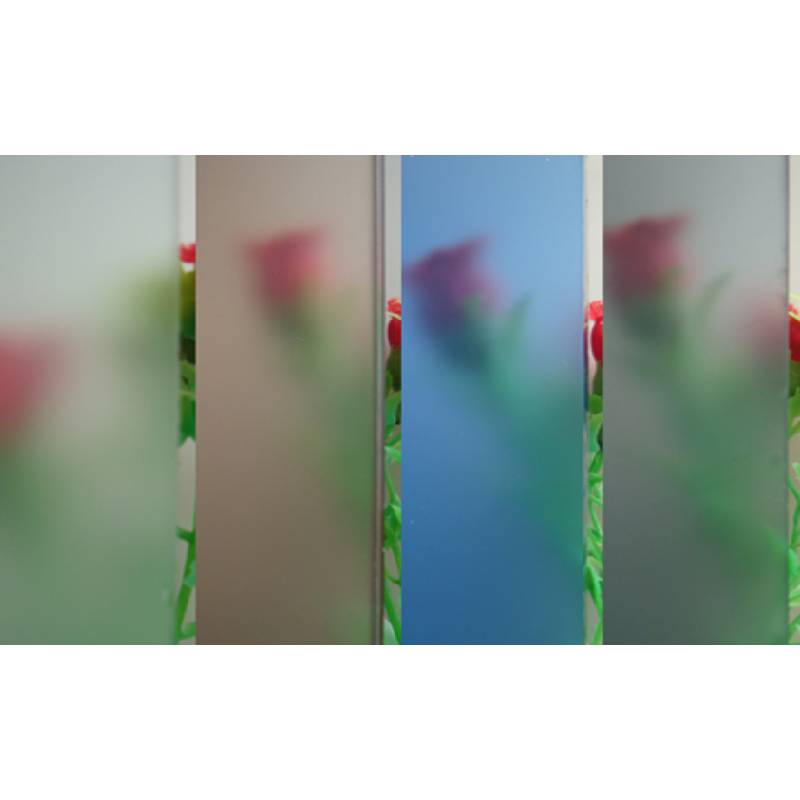

The Elegance of Satin Pattern Glass A Fusion of Art and Function
Satin pattern glass, a unique and aesthetically pleasing form of glass, has become increasingly popular in contemporary architecture and interior design. Known for its soft, translucent appearance and characteristic textures, satin pattern glass adds depth and elegance to spaces while maintaining a sense of privacy. This article explores the various facets of satin pattern glass, including its history, manufacturing process, applications, and design possibilities.
A Brief History
The origins of satin pattern glass date back to the early 20th century, when artisans and craftsmen began experimenting with different glass treatments to enhance both beauty and practicality. Initially used in art nouveau designs, satin glass quickly gained popularity for its ability to diffuse light beautifully. This glass type became especially favored in the 1920s and 1930s, a time characterized by intricate and decorative design trends. Over the decades, satin pattern glass has evolved, but its timeless charm remains a staple in various design fields.
Manufacturing Process
The creation of satin pattern glass involves a special process known as acid etching or sandblasting. These techniques are employed to create surface textures that soften the light passing through the glass. During the manufacturing process, the glass is subjected to either an acidic solution or fine particles that physically alter its surface. This treatment results in a frosted appearance while still allowing light to filter through, creating an inviting atmosphere without compromising privacy. The versatility in design is astounding, as patterns can range from geometric shapes to organic motifs, catering to diverse aesthetic preferences.

Applications in Design
Satin pattern glass finds applications in both residential and commercial settings. In homes, it is frequently used in interior doors, shower enclosures, and windows, offering a stylish alternative to traditional clear glass. This type of glass is particularly popular in bathrooms and private spaces where light is desired, but visibility should be restricted. The soft glow that satin pattern glass emits can elevate the ambiance of a room, providing a serene and calming effect.
In commercial settings, satin pattern glass is employed for office partitions, conference rooms, and retail spaces. Its ability to diffuse light while still allowing for some visibility makes it an excellent choice for creating open, yet private environments. Designers particularly appreciate satin pattern glass for its adaptability, as it can seamlessly integrate into various architectural styles, from minimalist to vintage.
Design Possibilities
The design possibilities with satin pattern glass are virtually limitless. Numerous patterns and textures can be customized to suit specific design needs, such as sleek lines for modern interiors or detailed floral designs for a more traditional look. Additionally, satin glass can be colored, further expanding its potential uses in design. The interplay of light and texture can create stunning visual effects, drawing attention to architectural features and enhancing the overall aesthetic of a space.
In conclusion, satin pattern glass exemplifies the harmonious blend of functionality and beauty. Its rich history, combined with innovative manufacturing techniques and versatile applications, makes it a favored material among designers and architects. As we continue to explore the boundaries of glass design, satin pattern glass will likely remain a popular choice for those seeking to infuse elegance and sophistication into their spaces. Whether in a home or a high-rise building, satin pattern glass offers a unique way to embrace light while enhancing privacy, making it a timeless element in the world of design.